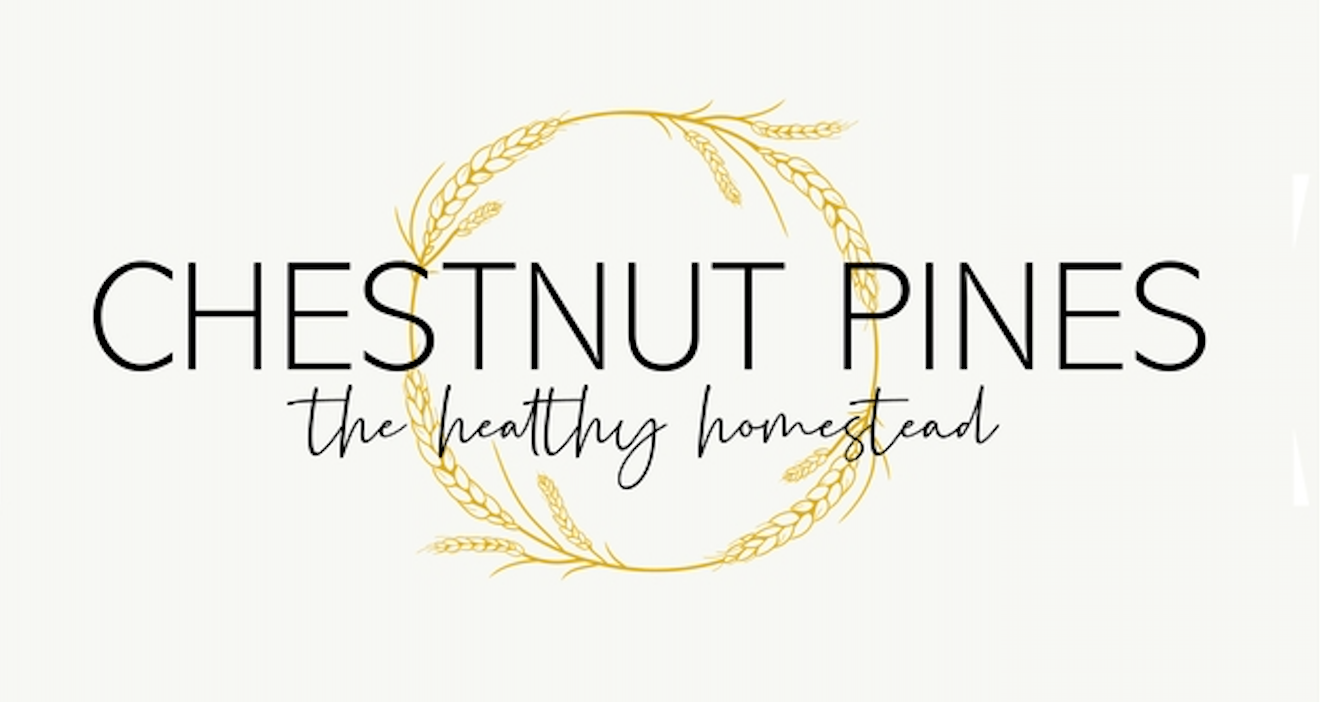The difference between tea and tea the plant
After being asked a question a million times it is a good indicator that it is prime time for a blog post about it. The question "what is the difference between tea and tea?" continually comes up, does it make any sense to you? Let me explain, there is an evergreen bush that grows mainly in China and India called Camellia Sinensis, This one plant produces the teas that are known as black (red), green, white, oolong and pu-erh tea. The difference between these teas is the way they are harvested and prepared through oxidation. The oxidation process is when you bite into an apple then get so busy multitasking you forget to finish it, the next day you find it with a gross brown color taking over the place you took a chunk out of it, sitting in that random spot your brain swiched paths abruptly.
Green tea is often referred to as the "healthy" tea, this is because during the process of making it methods are used to extract and preserve the natural and healthy aspect of the plant. this type of tea is often referred to as un/non fermented tea because the purpose of it is to allow for the least amount of oxidation to occur. Since tea overall is ranked as the second most common drink throughout the world, rivialved only by water who takes the number one spot, thousands of research studies have been done on it to determine how it impacts health both positively and negatively. Some indicates that it may reduce the risk of liver, mouth and throat cancer, as well as decrease the risk of adult suicide.
Other research suggests that since tea contains caffine it acts as a stimulate activating the central nervous system. This may cause restlessness, nervousness, irritability, insomnia, a rapid heart beat and an upset stomach. Studies have also found evidence that low birth weights in infants and early death in adults may be influenced by tea as well. In addition the link between addiction and caffine has been largely noted, because of this many have even tried to drastically reduce, or cut out caffine all together.
For those who have choosen to cut it out, or are just wondering about the difference between tea and tea, here is where I will explain that you can still have tea without having any of it. In the health world tea commonly references herbal tea and while it is true that Camellia Sinensis is considered an herb by many, often times when your friend gives you a cup of tea it is a glass of steaming warm water with the mouthwatering combination of chamomillie and lavender infused together. Another example of this is garlic that has been soaked in water. No one would probably choose the garlic option, but it is the exact same as saying yes to your friends offer who has put a better tasting herb in water. By doing so it is possible to say yes to tea but no thank you to Camellia Sinensis and all of her products, whether it be black, green, white, oolong or pu-erh tea.



